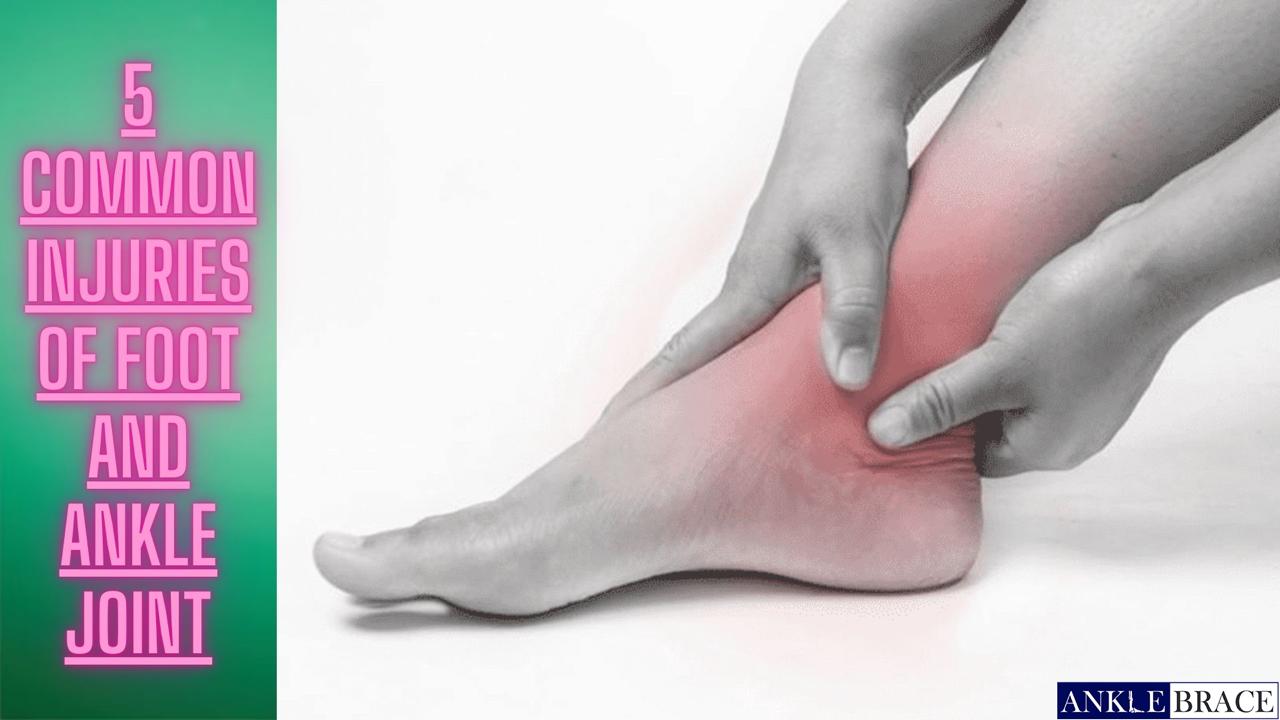
The foot and ankle joint form a complex structure that absorbs shock, maintains balance, and supports motion. Whether you’re an athlete, runner, or someone who spends long hours on your feet, this joint is constantly under stress. Studies show that over 75% of people experience some form of foot or ankle pain during their lifetime, often stemming from preventable causes. In this article, we’ll break down five common injuries associated with the foot and ankle joint and explore the major muscles that keep this area functioning.
Ankle sprains account for roughly 45% of all sports-related injuries, making them the most frequent issue affecting this joint. They occur when the ligaments that support the ankle stretch beyond their limits or tear, often due to sudden twisting motions or uneven ground.
Key Points:
Though primarily a heel issue, plantar fasciitis often involves stress on the ankle due to altered walking mechanics. It results from inflammation of the plantar fascia—the band of tissue along the bottom of the foot.
Key Points:
Stress fractures are tiny cracks in bones that develop from repetitive force, often caused by overtraining, poor nutrition, or sudden changes in activity. In runners, they frequently occur in the metatarsals and tibia.
Key Points:
If your discomfort started with an ankle pain after running, understanding the root causes and anatomy behind it can help guide you toward smarter prevention and treatment strategies.
The posterior tibial tendon supports the arch of your foot. Dysfunction or tearing of this tendon can lead to a flatfoot deformity, affecting the ankle joint’s stability and increasing the risk of long-term damage.
Key Points:
The peroneal tendons run behind the outer ankle bone and help stabilize the foot during movement. These tendons can become inflamed (tendonitis) or even tear, particularly in athletes or those with high-arched feet.
Key Points:
The foot and ankle are powered by a combination of intrinsic and extrinsic muscles. Understanding these major foot and ankle muscles can help you appreciate how important they are in injury prevention and recovery.
Intrinsic Muscles (Inside the Foot):
Extrinsic Muscles (Originate in the Leg):
Proper strength and flexibility in the foot and ankle muscles are critical for joint stability. Studies have shown that up to 60% of ankle injuries can be prevented with appropriate muscle conditioning, balance training, and proper footwear.
Simple Strengthening Tips:
Supportive devices, such as high-quality ankle braces, can also be valuable during recovery or for those prone to repeated injuries. An ankle brace helps limit harmful movement while maintaining mobility, especially useful for athletes or active individuals.
And while prevention is always better than treatment, even elite athletes are not immune. In fact, many famous athletes have experienced ankle dislocations, underscoring how vital joint protection and awareness truly are.
Injuries associated with the foot and ankle joint are not just limited to athletes—they can affect anyone. Knowing how your major foot and ankle muscles function and contribute to joint health is a powerful step in staying active and injury-free.
All the information on this website is for educational purposes, not from any health professional or medical specialist. Always consult a healthcare professional in case of any injury, medical condition, or treatment. After recommendation by a specialist, you should get the ankle brace to get maximum benefit out of it.
© 2025 Ankle Brace. All rights reserved.